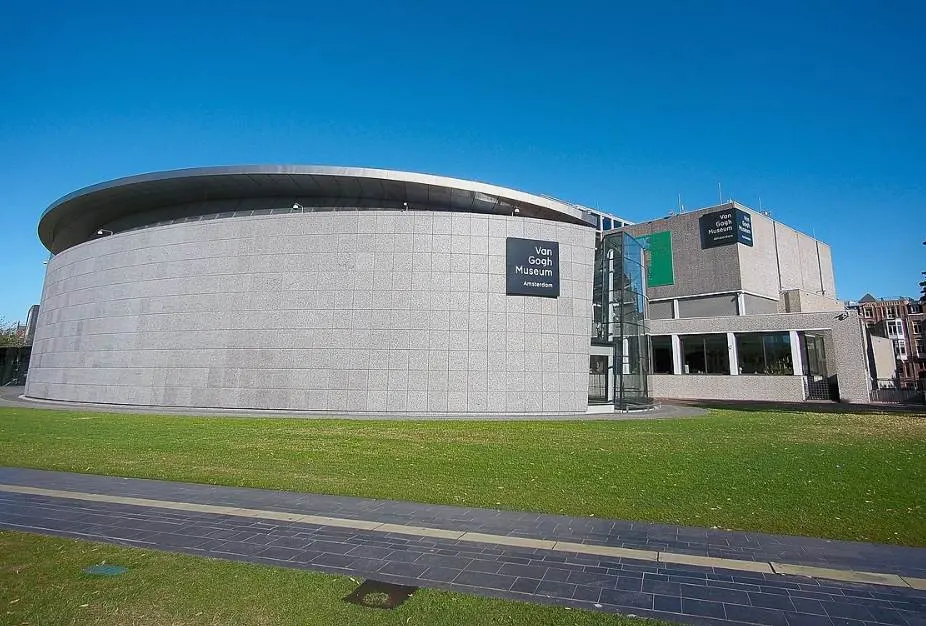One of the most remarkable periods in the life of Vincent van Gogh (1853-1890) resulted in a tragedy that he never recovered from.
It’s clear that the Post-Impressionist artist’s mental health was rather shaky, but it was a fellow artist who pushed him off the cliff into insanity.
He initially intended to start an art colony with Paul Gauguin (1848-1903), the French artist who spent the final years of his wife in French Polynesia, but this plan didn’t work out as intended.
In this article, you’ll discover some of the most interesting facts about The Painter of Sunflowers by Paul Gauguin, one of the works he produced during his stay with van Gogh.
1. It was completed shortly before van Gogh suffered a mental breakdown
Paul Gauguin was a French late-blooming artist who picked up painting while he was in his thirties. His Danish wife didn’t like his new hobby so they separated in the 1880s.
Desperate to make a living from his art, he moved to France, traveled to the Panama Canal and Martinique, and settled in Pont-Aven in Brittany in the late 1880s.
This was an art colony visited by young aspiring artists at the time. Around the same time in 1888, Theo and Vincent van Gogh visited an exhibition that featured paintings that Gauguin produced in Martinique.
Theo bought 3 paintings and helped Gauguin with patronage. Vincent started communicating with Gauguin and had the idea of starting an art colony in Arles.
Theo was an art dealer who provided financial support and Paul Gauguin moved to Arles where he spent 9 weeks together with Vincent. He completed The Painter of Sunflowers in December 1888.
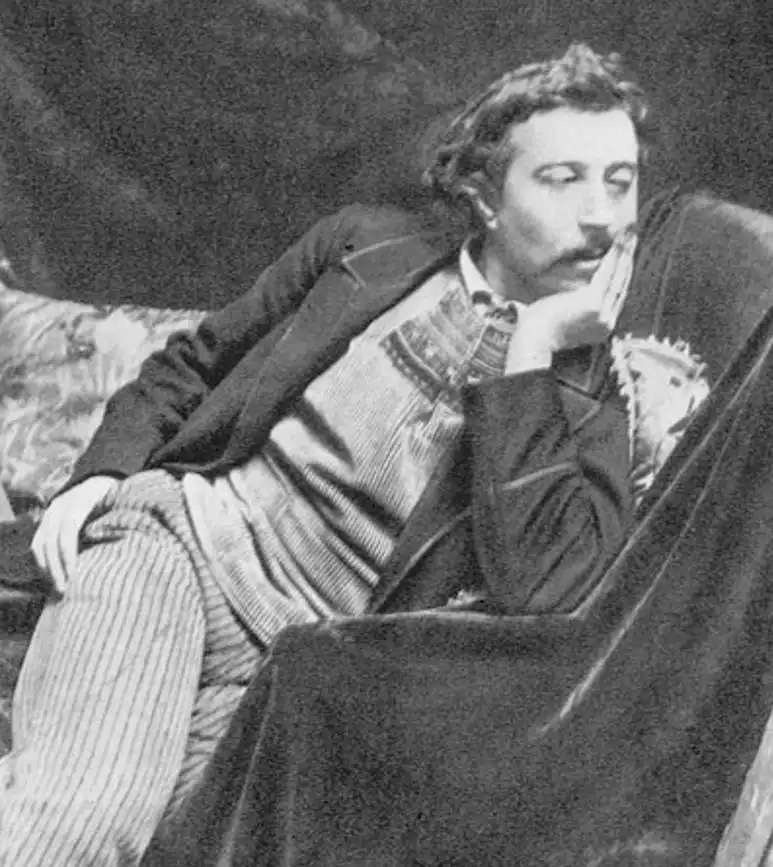
2. It depicts Vincent van Gogh while he was painting one of his masterpieces

The Sunflowers series features some of the most famous paintings by Vincent van Gogh.
Although he already produced some paintings depicting sunflowers in Paris between 1886 and 188? his most famous works date from his period in Arles.
What’s fascinating is that van Gogh completed these paintings to decorate the Yellow House in Arles, the place where Vincent and Paul stayed.
Paul Gauguin depicted Vincent while he was working on the Sunflower paintings that decorated the wall of his guest room in Arles.
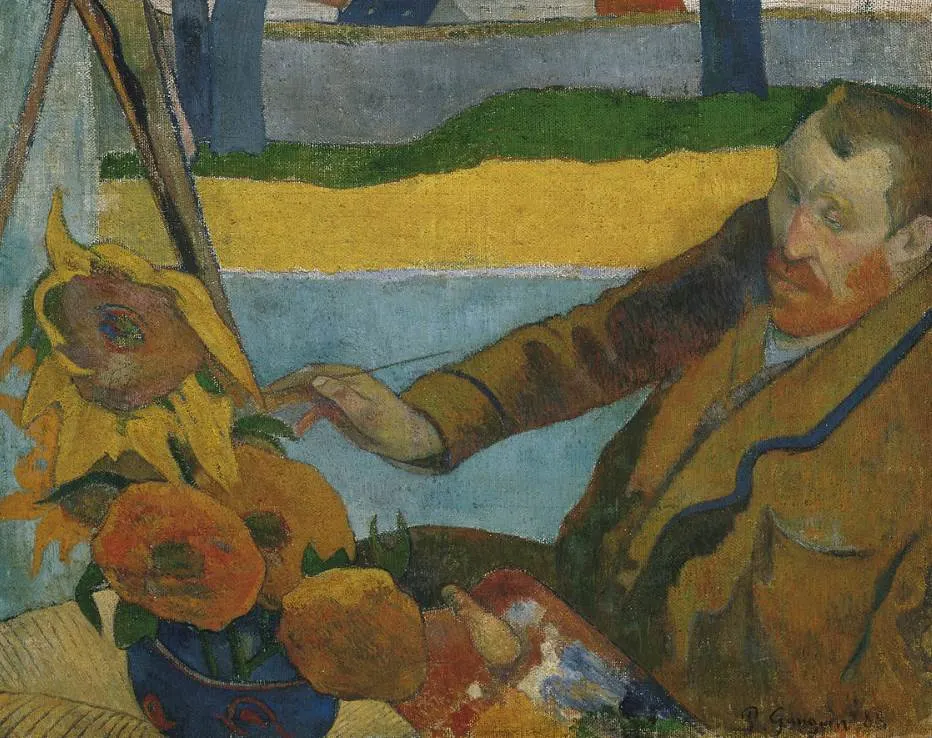
3. It’s likely that the painting was derived from Gauguin’s imagination
The painting depicts Vincent while he is looking at a vase of sunflowers that stands on the table in front of him.
This is an impossible scene because there aren’t any blooming sunflowers at this time of the year. Gauguin painted from his imagination rather than producing an accurate view of the scene.
Essentially, this painting reflects why the two quarreled so much. Gauguin firmly believed in painting solely from his imagination while Vincent chose to paint only what he could observe.
Gauguin later claimed that he had been able to change Vincent’s mind about this idea, the Dutch artist only briefly experimented with painting imaginary things and quickly returned to painting what he could see.

4. Van Gogh didn’t like the painting initially but later changed his mind
The French painted didn’t produce a flattering picture of Vincent, that’s certain. He appears to be hanging in his chair as if he could fall asleep at any moment.
When Vincent first laid eyes upon his portrait he instantly despised it and claimed that Gauguin had attempted to depict him as a madman.
The constant quarreling with Aguiguin and the notion that his dream of establishing an art colony was slipping away because of it did put a strain on Vincent’s mental health.
He later referred to the portrait quite differently and mentioned that:
My face has lit up, after all, a lot since, but it was indeed me, extremely tired and charged with electricity as I was then.
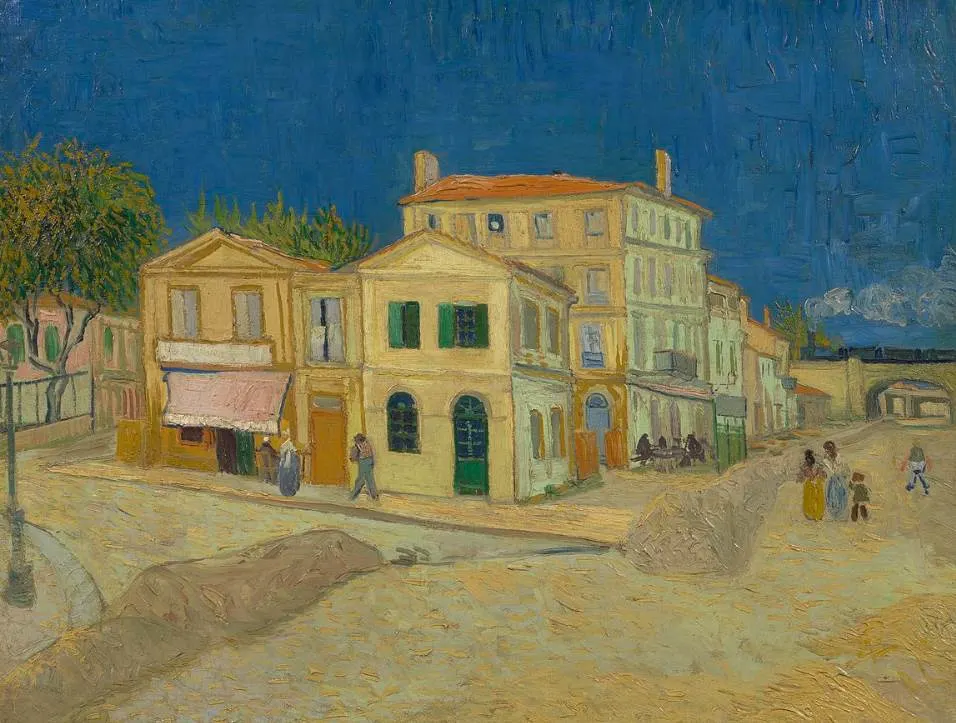
5. Vincent cut off part of his ear shortly after Gauguin finished this painting
The portrait was completed somewhen in December 1888 and it certainly didn’t do Vincent any good. Both men were getting so tired of each other that Vincent suffered from a complete mental breakdown.
Little is known about what exactly happened apart from Gauguin’s story told many years later. He claimed that on the evening of December 23, 1888, Vincent suddenly attacked him with a straight razor.
Later that evening, he cut off part of his left ear, wrapped it up, and delivered it to a woman who was working at a brothel.
Vincent ended up in the hospital the following day and Gauguin left Arles. Although both men never saw each other again, they remarkably kept contact through letters.
The Dutch artist later produced “Self-Portrait with a Bandaged Ear” which shows the aftermath of the events in late 1888.
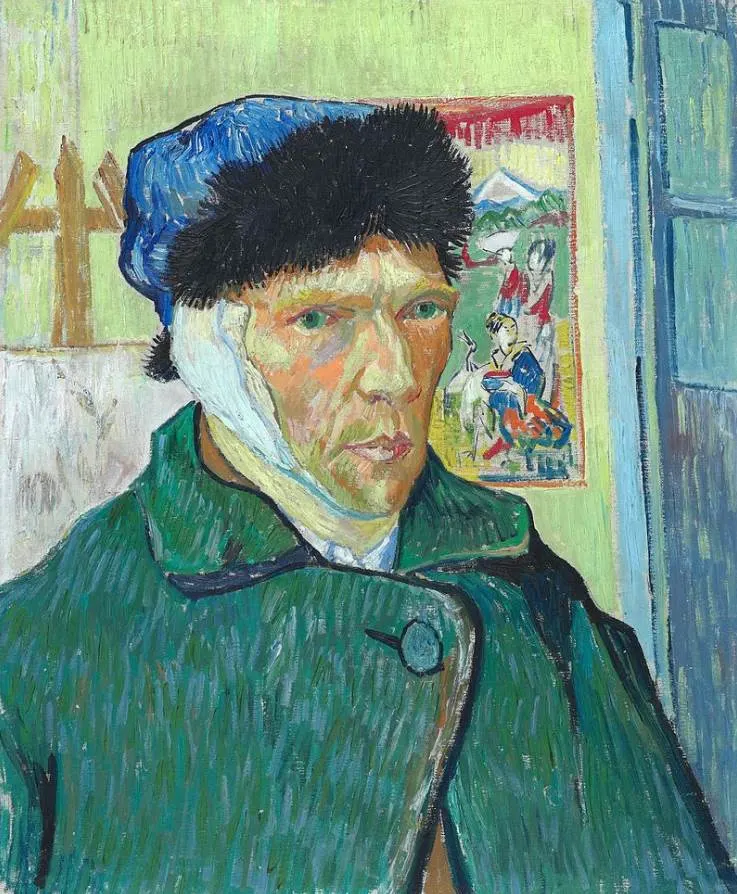
6. It wasn’t the only painting that Gauguin painted in Arles which depicts Vincent
Although Gauguin stayed in Arles for 9 weeks, he didn’t produce more than a dozen paintings during this period.
Some of his most notable works from this period are “Les Alycamps,” which depicts an ancient Roman necropolis in Arles, and “Night Café at Arles,” Gaugin’s version of “The Night Café” by van Gogh.
Vincent van Gogh also produced a portrait of his colleague Paul Gauguin, a work titled “Man in a Red Berret.”
It depicts the French artist while he is working on a large still life that depicts a pumpkin, an item that sticks out in the bottom right corner of the work.

7. How big is The Painter of Sunflowers by Paul Gauguin
Paul Gauguin completed several monumental paintings in his career, including his ultimate masterpiece “Where Do We Come From? What Are We? Where Are We Going?”
He was often limited to smaller works due to financial constraints. The Painter of Sunflowers is a relatively small oil on canvas painting that has dimensions of 73 × 91 centimeters (28.7 × 35.8 inches).
8. Where is the painting located today?
Vincent gave this painting to his brother Theo in 1889, the year after it was completed. Theo was an art dealer in Paris who died the year after Vincent in 1891.
The painting was inherited by Theo’s widow Jo van Gogh-Bonger and subsequently their son Vincent Willem van Gogh in 1925. Theo and Jo’s only son donated it to the Van Gogh Foundation in 1962.
Today, the painting is part of the collection of the Van Gogh Museum in Amsterdam, a museum dedicated to the Dutch artist but which also featured other famous Post-Impressionist paintings.
